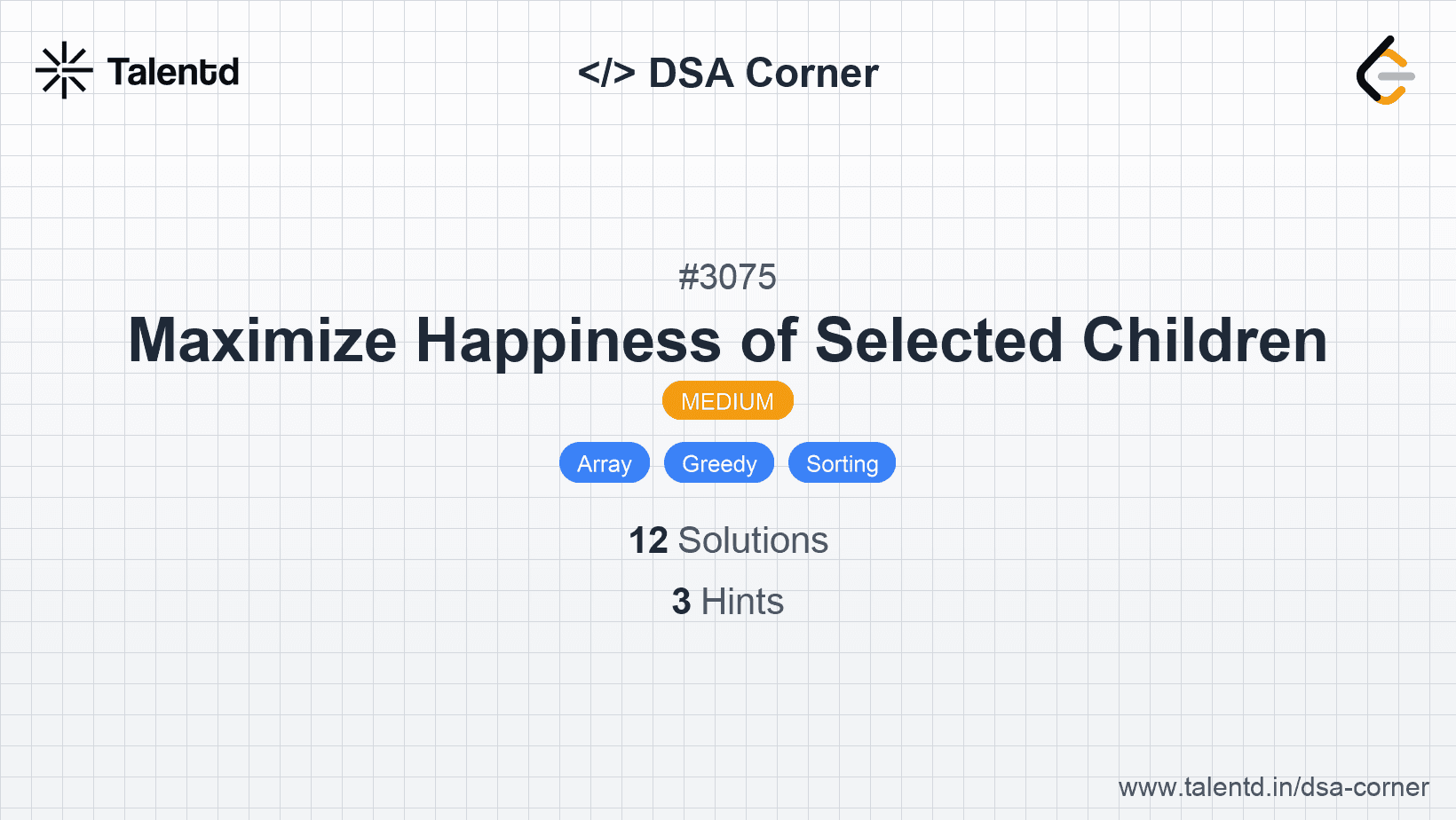
Sponsored
Sponsored
This approach involves sorting the input data first and then finding the solution by traversing through the sorted data. This approach is generally straightforward and often leads to a solution by leveraging sorted order, which simplifies many problems, such as finding pairs or detecting duplicates.
Time Complexity: O(n log n) due to sorting.
Space Complexity: O(1) or O(n), depending on the usage of additional data structures.
1import java.util.Arrays;
2
3public class Solution {
4 public static void solve(int[] arr) {
5 Arrays.sort(arr);
6 for (int num : arr) {
7 System.out.print(num + " ");
8 }
9 System.out.println();
10 }
11}This Java solution sorts the array using Arrays.sort and prints the elements. The problem-specific logic can be incorporated after sorting is complete.
This approach leverages a hash map to efficiently solve problems requiring quick lookups or to detect duplicates. This method is optimal for problems where you need to count occurrences or require O(1) average-time complexity for lookups.
Time Complexity: O(n)
Space Complexity: O(n) for the hash map.
1using System.Collections.Generic;
public class Solution {
public static void Solve(int[] arr) {
Dictionary<int, int> map = new Dictionary<int, int>();
foreach (int num in arr) {
if (map.ContainsKey(num)) {
map[num]++;
} else {
map[num] = 1;
}
}
foreach (var key in map.Keys) {
Console.WriteLine($"{key} appears {map[key]} times");
}
}
}This C# solution makes use of a Dictionary to track and count the frequency of numbers, giving instant results for frequency requirements or uniqueness checks.